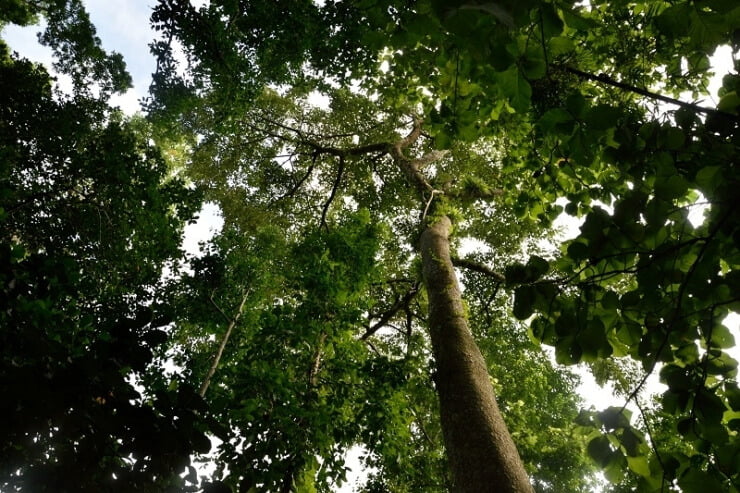
Iroko Tree and Planting: A Comprehensive Guide
In the world of forestry and sustainable landscaping, the mighty Iroko tree stands tall, quite literally. This article will take you through the fascinating journey of the Iroko tree, from its origins to how to successfully plant and nurture this majestic tree in your own backyard.
Introduction to the Iroko Tree
The Iroko tree, scientifically known as Milicia excelsa, is a large hardwood tree native to the west coast of tropical Africa. It is renowned for its remarkable height, longevity, and the exceptional quality of its wood.
The Significance of Iroko
Historical Importance
Throughout history, the Iroko tree has played a significant role in the culture and economy of West Africa. Its timber has been used for constructing boats, houses, and furniture, making it an essential resource.
Ecological Importance
Iroko trees are vital to their ecosystem, providing habitat and sustenance to various wildlife species. Their large canopy offers shade, and their fruits are a source of nourishment for many animals.
Characteristics of Iroko Trees
Size and Height
Iroko trees can reach towering heights of up to 50 meters, making them one of the tallest trees in Africa. Their girth can also be impressive, often exceeding one meter in diameter.
Wood Quality
Iroko wood is renowned for its durability and resistance to decay. It is frequently used for outdoor applications due to its ability to withstand the elements.
Planting Your Own Iroko Tree
Now that we’ve explored the significance and characteristics of Iroko trees, let’s delve into the exciting process of planting one in your own garden.
Choosing the Right Location
Climate Considerations
Iroko trees thrive in tropical climates with a distinct wet and dry season. They require plenty of sunlight to grow successfully.
Soil Conditions
Ensure the soil in your chosen location is well-draining, as Iroko trees don’t tolerate waterlogged soil. Conduct a soil test to determine its pH level and nutrient content.
Propagation Methods
Seeds
You can grow Iroko trees from seeds, but be patient; they can take several weeks to germinate. Soak the seeds overnight before planting them in pots.
Cuttings
Propagation through cuttings is a faster method. Take a healthy Iroko branch and plant it in well-prepared soil. Keep the soil consistently moist until roots develop.
Care and Maintenance
Watering
Young Iroko trees require regular watering, especially during the dry season. Once established, they are more drought-tolerant.
Pruning
Prune your Iroko tree to remove dead or diseased branches and to shape its growth.
Conclusion
In conclusion, the Iroko tree is a remarkable species with a rich history and ecological importance. By following the steps outlined in this guide, you can successfully plant and care for your own Iroko tree, contributing to the preservation of this magnificent species.
FAQs
- How fast does an Iroko tree grow?
Iroko trees grow relatively fast, especially when planted from cuttings. In the right conditions, they can grow up to 1 meter per year. - Is Iroko wood suitable for furniture making?
Yes, Iroko wood is highly prized for making outdoor furniture due to its durability and resistance to decay. - Do Iroko trees have any cultural significance?
Yes, Iroko trees have been revered in African culture for centuries and are often seen as sacred symbols. - Can I plant an Iroko tree in a non-tropical climate?
Iroko trees thrive in tropical climates, so it’s challenging to grow them in non-tropical regions. Greenhouses can create suitable conditions for growth. - How can I protect my Iroko tree from pests and diseases?
Regular inspections and appropriate pesticides can help protect your Iroko tree from common pests and diseases.